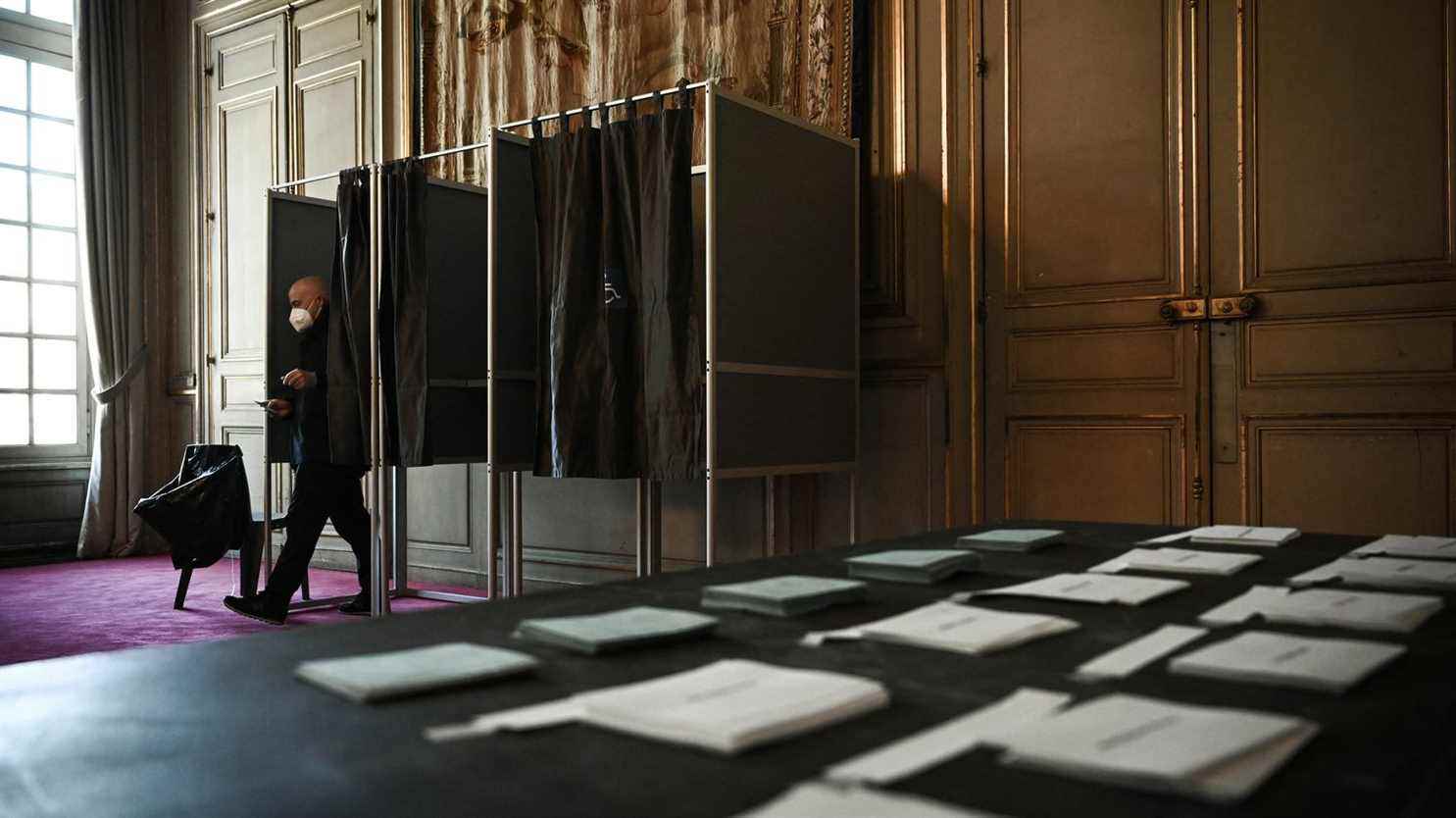Is our voting method the most representative? The question is studied by social choice economists and mathematicians. LThe details of Mathilde Fontez, editor-in-chief of‘Epsiloon.
franceinfo: What are the shortcomings of our voting system?
Mathilde Fontez : Mathematicians have pointed out that certain voting configurations lead to abnormal situations – abnormal with regard to the mathematical qualities which are required by the theories of voting.
For example, the first round of an election like our presidential one can eliminate a candidate who would probably have won against all the candidates in the second round. This is undoubtedly the case of François Bayrou in 2007 or Edouard Balladur in 1995.
Another example: our system is not “monotonous” according to mathematicians: a winning candidate in a certain voting configuration may not be elected in another configuration where he nevertheless received more votes in the first round. The example of that is the 2002 presidential election: if Jacques Chirac had won more votes in the first round, Lionel Jospin would have passed to the second… and Jacques Chirac might not have been elected.
The biggest problem pointed out by the researchers is the tendency of our ballot to encourage strategic voting rather than sincere voting, useful voting.
What are the alternatives ?
The most studied by researchers today are the alternatives that maximize the expression of voters, precisely to encourage sincere voting. What they criticize for our voting system is that the collective decision is based on very little information on individual preferences: we make a choice at each turn, and that’s it. Experiences show that voters do not want to be confined to one person’s choice. And that all this promotes abstention.
The solution would be to rank the candidates in order of preference?
This is one of the voting methods studied. That’s how you vote in Ireland or Australia. The problem is that this turns counting into a real nightmare. There is also approval voting: you circle as many names as you want in a list – it’s like putting several ballots in the ballot box. But this does not reflect the intensity of voter preference. And there is the vote by note, or even by judgment: we tick boxes on a scale: “excellent candidate”, “passable candidate”, as at school.
